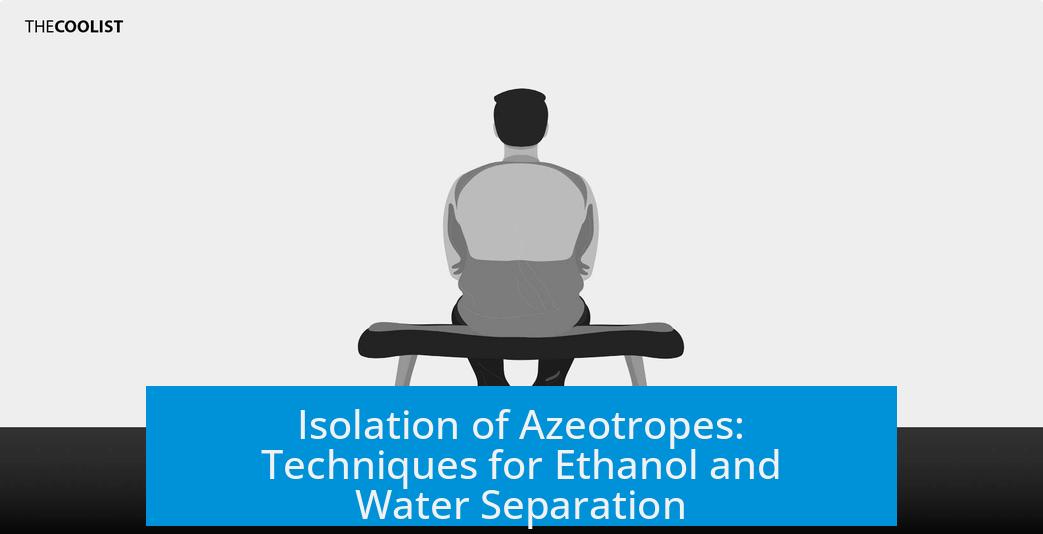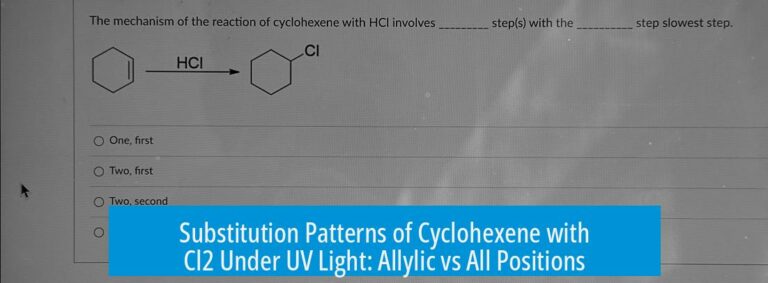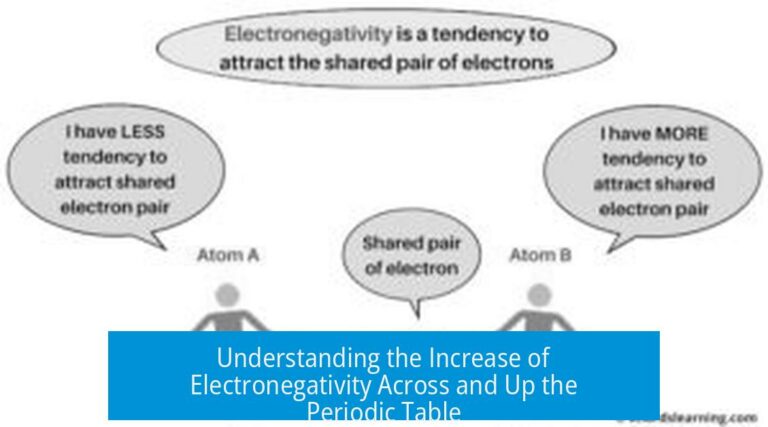Isolation of Azeotropes such as Ethanol in Water
The isolation of ethanol from its azeotropic mixture with water requires specialized techniques because simple distillation cannot surpass the azeotropic concentration, typically 95.5% ethanol at atmospheric pressure. Several methods exist to break or bypass this azeotrope, each with different principles and applicability depending on scale and purity needs.
Breaking the Azeotrope Using a Third Volatile Component (Entrainer)
A common industrial method involves adding a third volatile component called an entrainer. Typical entrainers include benzene, cyclohexane, heptane, hexane, or toluene. These substances form a new azeotrope with water or ethanol, which boils at a different temperature, allowing separation of ethanol beyond the original azeotropic limit.
- The entrainer changes the vapor-liquid equilibrium.
- This allows the ethanol concentration to exceed 95.5% during distillation.
- Benzene, despite toxicity concerns, is widely referenced for this process.
Pressure Variation and Vacuum Distillation
Altering the pressure changes the azeotrope composition. Ethanol-water mixtures form different azeotropic points under vacuum versus atmospheric pressure. By first distilling at atmospheric pressure to reach the azeotrope (95.5% ethanol), a subsequent vacuum distillation can be applied to shift the azeotrope concentration, enabling further concentration increase.
- Primary distillation yields near azeotrope level ethanol.
- Vacuum distillation “moves” the azeotropic point.
- Higher purity ethanol can be achieved.
Salting Out Method
The salting out technique exploits the different solubility of salt in water versus ethanol. Adding sodium chloride causes the salt to dissolve in the water-rich phase while repelling ethanol, which concentrates in a separate layer. This phase separation facilitates easier physical separation of ethanol from water.
- Salt dissolves only in water.
- Ethanol separates into the upper layer.
- Simple and low-cost, suitable for small scale.
Molecular Sieves for Industrial Scale Separation
Molecular sieves absorb water selectively from ethanol on an industrial scale. Using hydrophilic zeolite sieves, ethanol can be dehydrated to over 99% purity. This method is efficient for large volumes and commonly preferred for continuous processes due to cost-effectiveness and ease of operation.
Choosing the Appropriate Technique
The choice depends on required ethanol purity, process scale, and time constraints:
- Metallic Sodium: Used in small-scale, water-sensitive applications for immediate high purity.
- Salting Out: Suitable for moderate scale where rapid separation is not critical.
- Molecular Sieves: Ideal for large scale industrial dehydration for high purity products.
- Azeotropic Distillation with Entrainer: Applied for breaking the azeotrope chemically and physically.
- Pressure Variation: Used to shift azeotrope compositions and enhance purity.
Key Takeaways
- Simple distillation cannot break the ethanol-water azeotrope at atmospheric pressure.
- Entrainers form new azeotropes to allow ethanol concentration increase.
- Vacuum distillation shifts azeotropic points for higher purity.
- Salting out uses salt to separate ethanol and water phases physically.
- Molecular sieves absorb water selectively for industrial-scale dehydration.
- Choice of method depends on purity, scale, and time requirements.
How does adding a third volatile component help isolate ethanol from its azeotrope with water?
Adding an entrainer like benzene or toluene breaks the ethanol-water azeotrope by forming a new ternary azeotrope. This allows distillation to exceed the usual ethanol concentration limit of 95.5%.
Can pressure changes improve ethanol purity beyond the azeotropic point?
Yes. Distilling first at atmospheric pressure reaches the azeotrope (95.5% ethanol). Then vacuum distillation shifts the azeotrope composition, enabling higher ethanol concentrations.
What is the role of salt in separating ethanol from water?
Adding salt (NaCl) creates phase separation because salt dissolves in water but not ethanol. This causes the alcohol-rich layer to separate on top, allowing easier isolation.
Why are molecular sieves preferred for industrial ethanol dehydration?
Molecular sieves selectively adsorb water from ethanol-water mixtures. This process is cost-effective and practical for large-scale production of anhydrous ethanol.
How do I choose between sodium, salting out, and molecular sieves for ethanol purification?
Use metallic sodium for quick, small-scale, water-sensitive needs. Salting out and molecular sieves suit larger scales or when time allows. The choice depends on purity required, quantity, and timing.





Leave a Comment